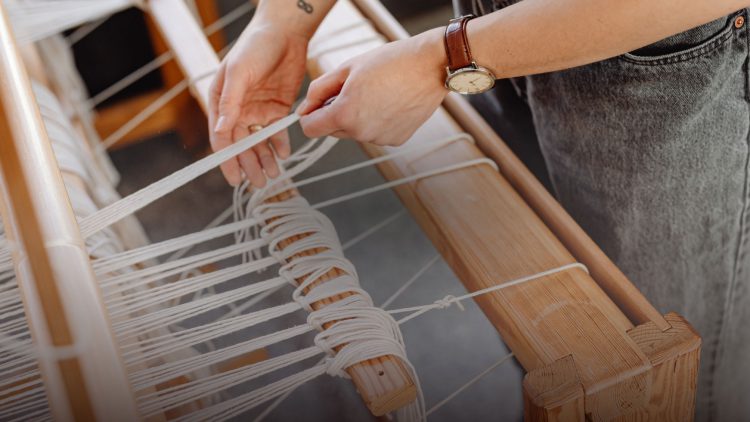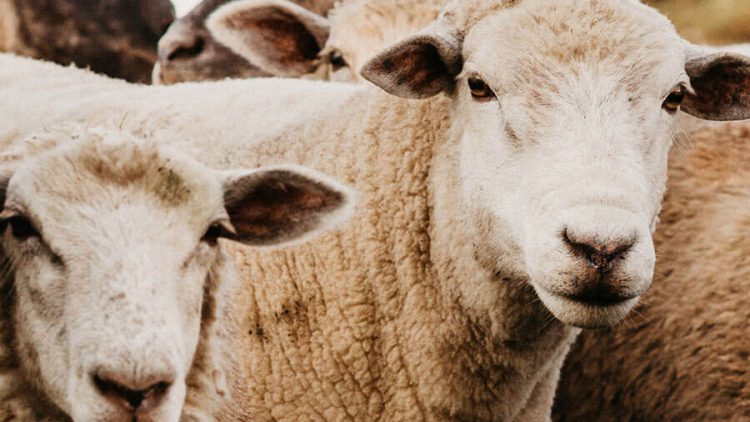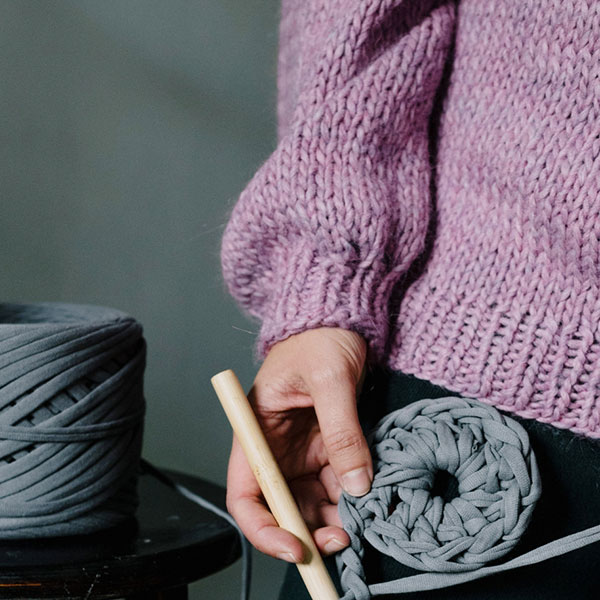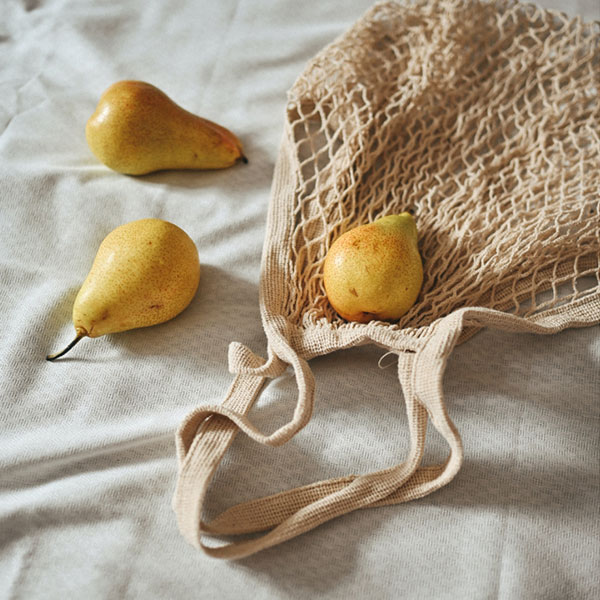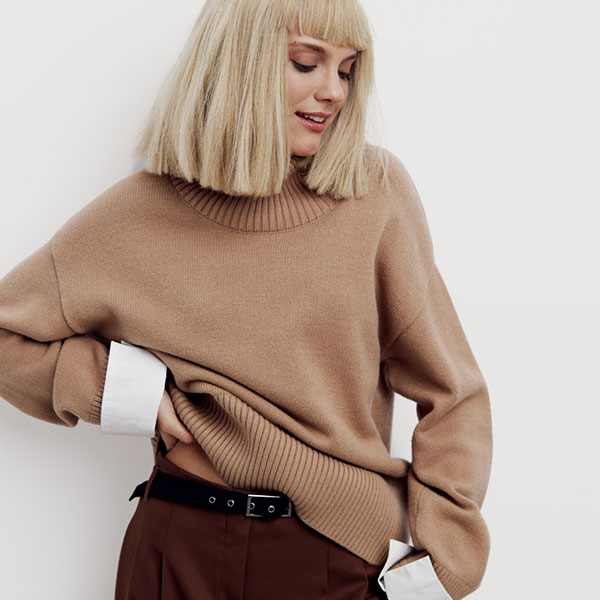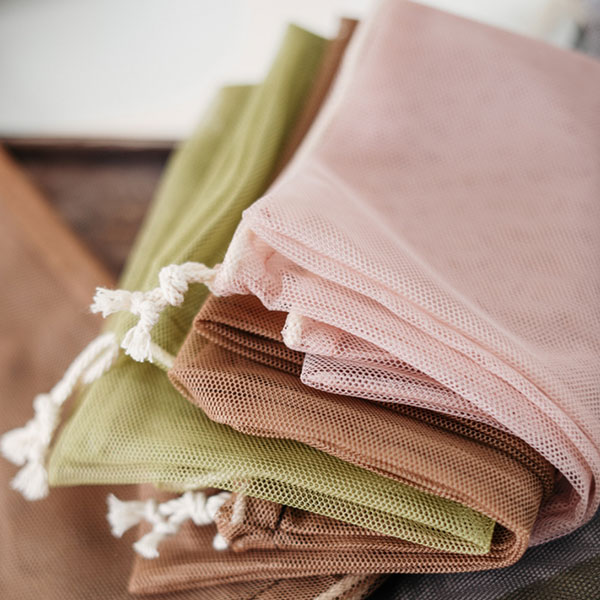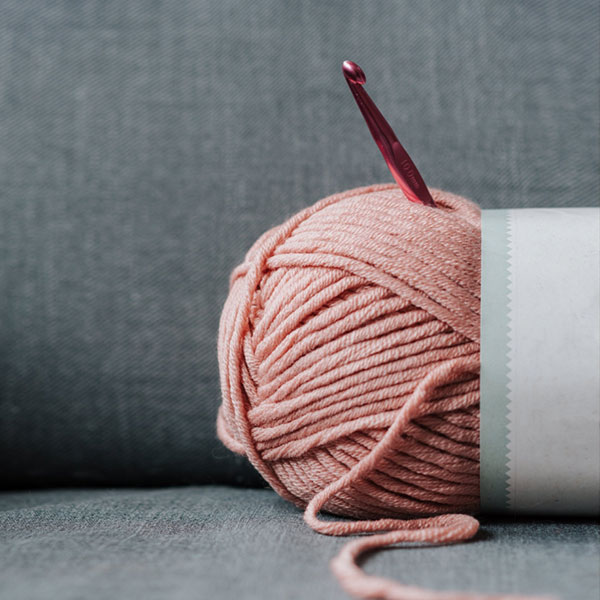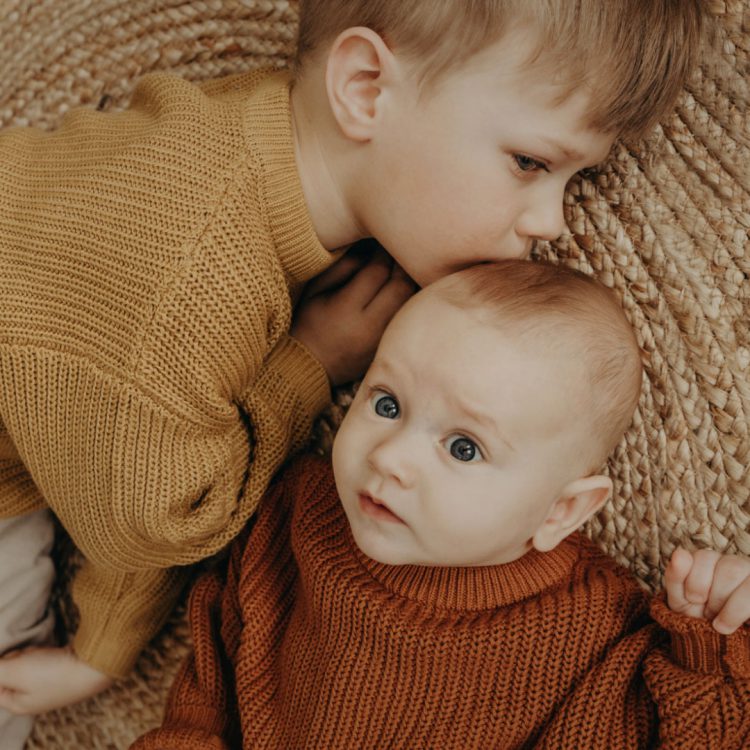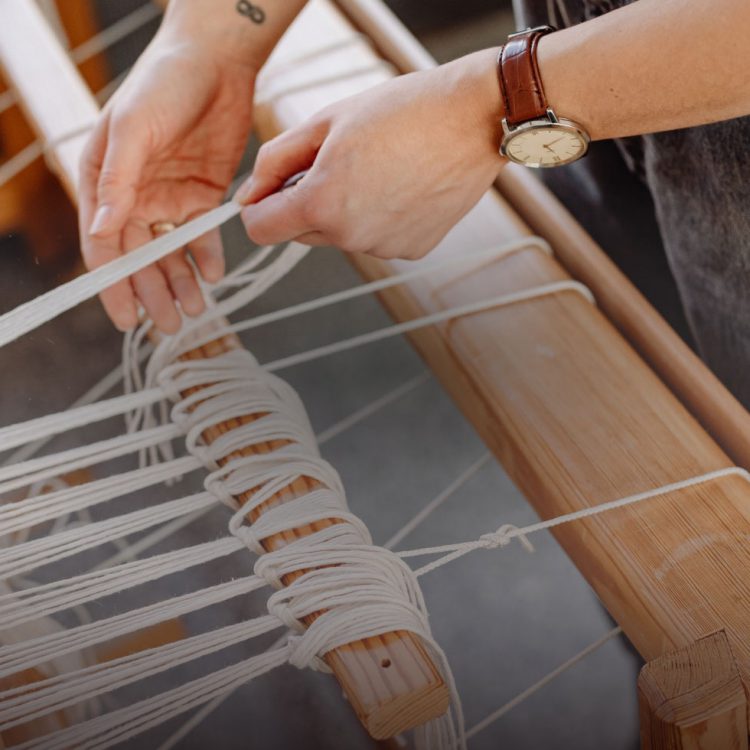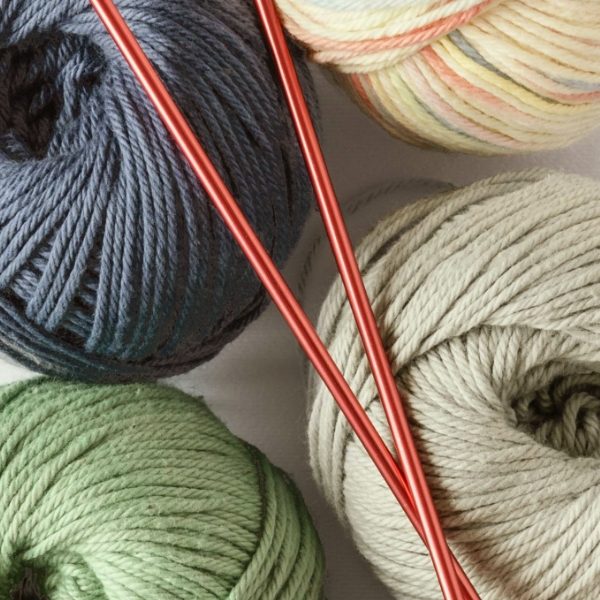Crochet is an art form that has been passed down through generations, offering both a creative outlet and a practical skill. Whether you’re making a cozy blanket, a stylish scarf, or intricate lace patterns, learning to crochet can be a fulfilling and enjoyable experience. With just a hook and yarn, the possibilities are endless, and the journey of learning crochet can be both therapeutic and rewarding.
What Is Crochet?
Crochet is a method of creating fabric by interlocking loops of yarn using a hooked needle, also known as a crochet hook. Unlike knitting, where two needles are used, crochet only requires one hook to manipulate the yarn. The result is a wide variety of textured fabrics that can be used for everything from clothing to home decor, toys, and accessories.
Why Learn Crochet?
1. Boosts Creativity:
Crochet opens the door to endless creative possibilities. As you learn new techniques, you can experiment with different yarns, colors, and stitch patterns. Whether you follow patterns or design your own projects, crochet allows you to express your creativity and develop a unique style.
2. Therapeutic and Relaxing:
Crochet has been known to provide a sense of calm and relaxation. The repetitive motion of creating stitches helps relieve stress and anxiety, much like other forms of mindfulness practice. Many crocheters find that the rhythm of working with yarn can be meditative, allowing them to unwind after a long day.
3. Practical Skills and Gifts:
Learning crochet isn’t just about creating beautiful pieces; it also provides practical skills that can be used in everyday life. You can create functional items such as dishcloths, blankets, hats, and scarves, or craft one-of-a-kind gifts for friends and family. Handmade crochet gifts are often treasured for their personal touch and thoughtfulness.
4. Accessible and Affordable Hobby:
All you need to get started with crochet is a hook, some yarn, and a little bit of time. It’s an affordable hobby, and many crochet projects can be completed with minimal materials. Whether you’re a beginner or an experienced crocheter, there are endless patterns and tutorials available online, making it easy to learn at your own pace.
Getting Started: Basic Crochet Tools and Supplies
Before diving into the world of crochet, you’ll need a few essential supplies:
-
Crochet Hooks: These come in a range of sizes, from tiny hooks for delicate threads to larger ones for bulkier yarns. Beginners typically start with a medium-sized hook (like a 5mm or H-8 hook), which is easy to handle and works with many types of yarn.
-
Yarn: Crochet yarn comes in a variety of textures, thicknesses, and colors. For beginners, it’s best to start with a smooth, medium-weight yarn, such as worsted weight. This type of yarn is easier to work with and allows you to see your stitches clearly.
-
Scissors: You’ll need a pair of sharp scissors to trim yarn ends when finishing your projects.
-
Yarn Needle: A yarn needle is essential for weaving in loose ends and finishing off your work neatly.
Basic Crochet Stitches You Should Learn
As a beginner, there are a few basic crochet stitches that will form the foundation for many projects. Here’s a brief overview:
-
Slip Knot: The first step in any crochet project. It’s used to create a loop at the beginning of your work.
-
Chain Stitch (ch): The most basic crochet stitch, creating a foundation chain for your project.
-
Single Crochet (sc): A simple stitch that creates a tight, dense fabric. It’s great for beginners and is often used in many projects.
-
Double Crochet (dc): A taller stitch that results in a looser, more open fabric. It’s commonly used in blankets, scarves, and shawls.
-
Half Double Crochet (hdc): A stitch that is a bit taller than a single crochet but not as tall as a double crochet. It strikes a balance between density and drape.
Tips for Beginners
-
Practice Makes Perfect: Don’t be discouraged if your first few attempts aren’t perfect. Crochet is all about practice. The more you practice, the more comfortable you’ll become with holding the hook and working the yarn.
-
Start with Simple Projects: Choose easy patterns like scarves, dishcloths, or simple blankets to begin with. These projects typically require just basic stitches and will help you build confidence.
-
Use Online Resources: There are countless free tutorials, video lessons, and patterns available online. Platforms like YouTube and Pinterest are great places to find crochet guides for beginners.
-
Be Patient: Like any new skill, learning crochet takes time. Focus on small goals and enjoy the process of creating something with your hands. Remember that even seasoned crocheters still make mistakes—it’s all part of the learning journey!
Expanding Your Crochet Skills
Once you’ve mastered the basics, there are countless ways to advance your crochet skills:
-
Explore Advanced Stitches: Learn more complex stitches like the puff stitch, shell stitch, or Tunisian crochet to create beautiful textures and patterns.
-
Create Garments: Once you’re comfortable with basic patterns, try making hats, cardigans, or even crochet amigurumi (cute, crocheted stuffed animals). These projects will help you practice shaping and fitting.
-
Join the Crochet Community: Crochet communities, both online and in-person, offer support and inspiration. You can share your work, ask questions, and even join crochet-along events to work on a project with others.
Conclusion: The Joy of Crochet
Crochet learning is a rewarding and creative journey that opens up endless possibilities for personal expression and craftsmanship. From creating cozy accessories to gifting handmade treasures, crochet offers a fun and fulfilling hobby for people of all ages. The skills you learn and the projects you create will not only enhance your crafting abilities but also provide a sense of accomplishment and joy. So grab a hook, pick out some yarn, and start your crochet adventure today!

